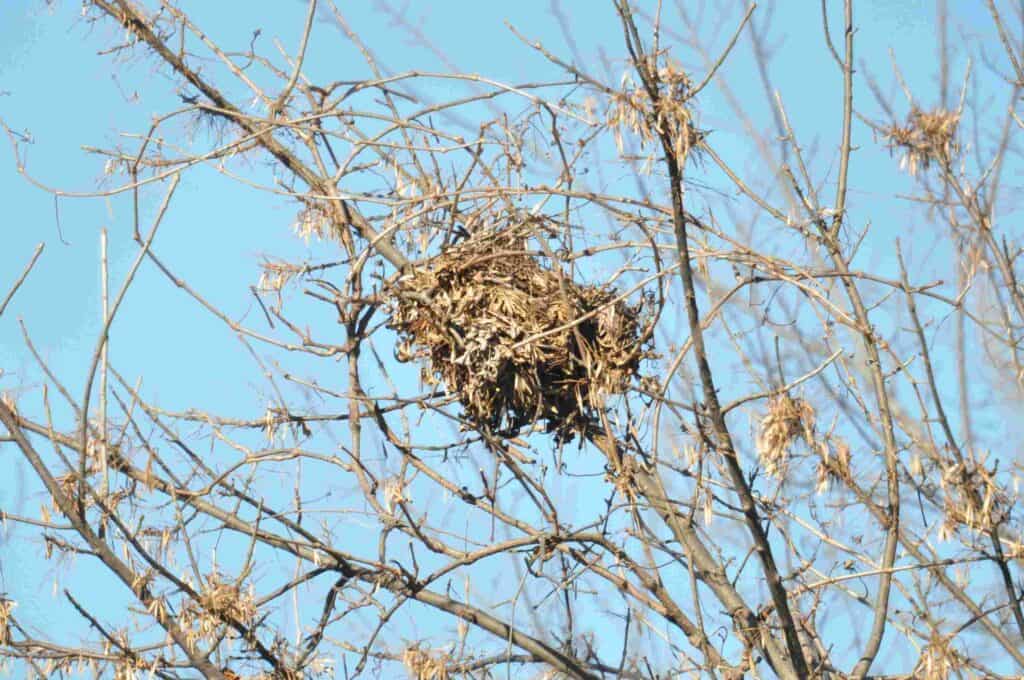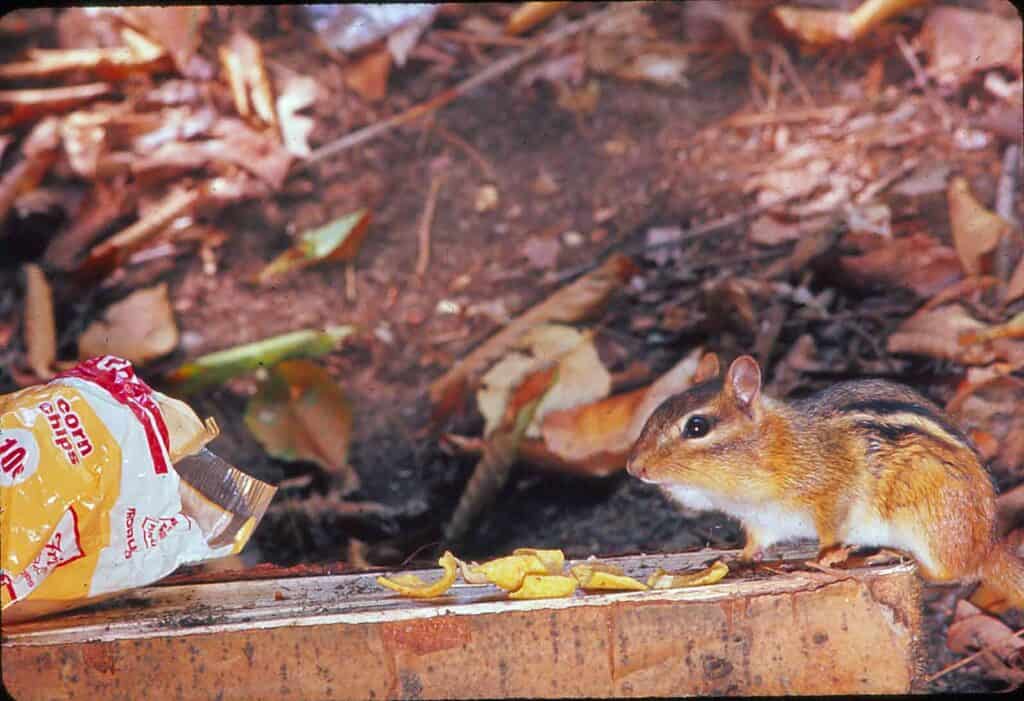Have you ever noticed those large clumps of leaves perched high in the bare branches of winter trees? If so, you might have wondered what they are. Hunters, wildlife enthusiasts, and seasoned observers likely know the answer, but for those unfamiliar, these leafy masses are squirrel nests, known as dreys.

The word “drey” has been in use since the early 1600s, though its exact origins remain a mystery. These nests, made of leaves, twigs, and other natural materials, blend seamlessly into the canopy during warmer months but become much more visible in winter when the trees shed their leaves. While dreys are a common sight, they are not the only type of nest squirrels use. Many squirrels prefer tree hollows, especially during the colder months, since these natural cavities offer better insulation and protection from predators.
To distinguish between the two, people sometimes refer to dreys as “drey nests” and to hollow-based homes as “cavity nests” or “dens.” Both types of shelters provide safety and warmth, but cavity nests are particularly valuable in harsh winter weather. Inside a tree hollow, squirrels are shielded from wind, rain, and extreme temperatures, making it a preferred home whenever available. However, in areas where tree hollows are scarce, leaf nests remain an essential alternative.

Squirrels of the Skiatook Area
In the Skiatook area, there are two types of tree squirrels: the eastern fox squirrel (Sciurus niger) and the eastern gray squirrel (Sciurus carolinensis). Though both species build dreys, they differ in their behaviors and habitats.
The fox squirrel, which is the more commonly seen species, is a bit larger and is often spotted foraging on the ground. They are highly adaptable and thrive in a variety of environments, from wooded areas to urban parks. Fox squirrels are known for their reddish-brown fur, bushy tails, and agile movements as they dart between trees and across open spaces.

On the other hand, the gray squirrel tends to be more arboreal, meaning it spends most of its time in the trees. These squirrels are slightly smaller than fox squirrels and have a predominantly gray coat with white underbellies. Because they are more elusive and tend to stay above ground, they can be harder to spot.
Both species build dreys as a primary or backup nesting option, particularly when they cannot find a suitable tree hollow.
More Than Just Tree Squirrels
While fox and gray squirrels dominate the treetops in Skiatook, the only ground squirrel found in Tulsa County is the eastern chipmunk (Tamias striatus). Unlike its tree-dwelling relatives, the eastern chipmunk prefers to dig burrows in the ground rather than nest in trees. These burrows can be quite elaborate, with multiple tunnels and chambers for food storage, nesting, and hibernation.
Despite their differences, all three species share a common trait: an impressive ability to prepare for winter. Whether nesting high in a tree, inside a hollow trunk, or underground, squirrels and chipmunks ensure they have a warm, safe shelter for the colder months.

Observing Dreys in Winter
If you take a walk in the woods or even through your own backyard during winter, take a moment to scan the treetops. Those clumps of leaves that seem to defy gravity aren’t just random debris— they are carefully constructed squirrel homes. Built with skill and precision, these dreys are a testament to the resourcefulness of these small but resilient creatures.
So next time you see a drey, you’ll know that a squirrel family is likely curled up inside, staying warm through the cold season.